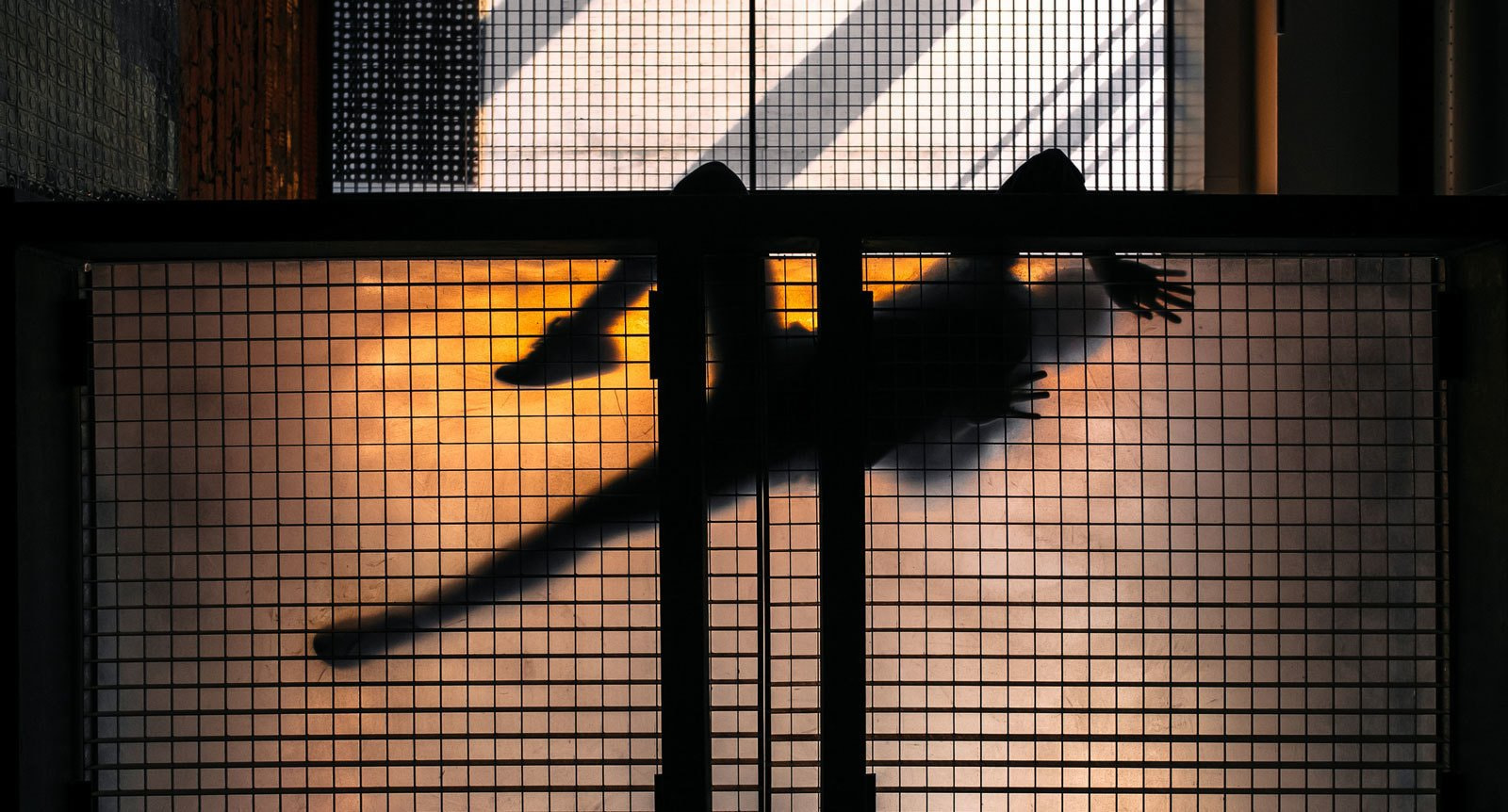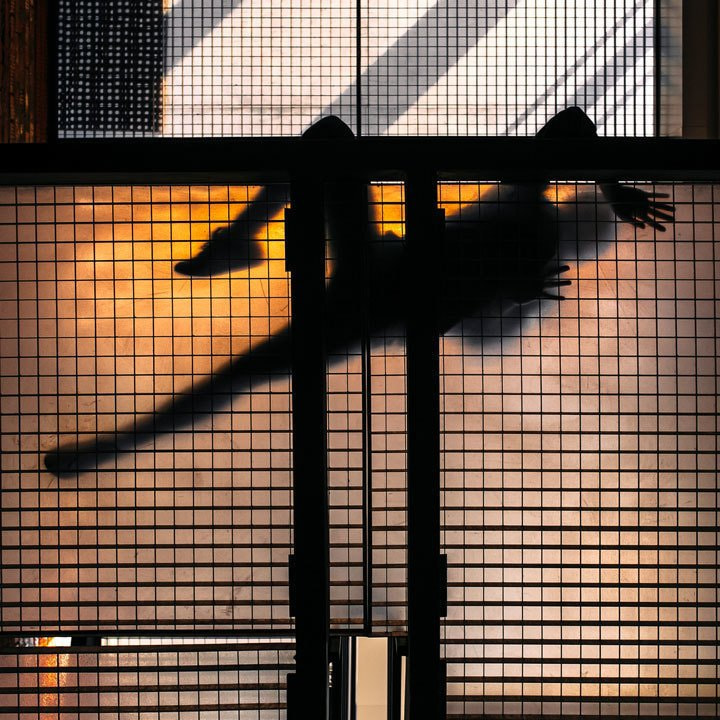Garage Live is a program of performances, music and theater events, and contemporary dance pieces. In the Museum’s 10th anniversary year, Garage Live aims to provide a visitor experience which draws on sensory rather than analytical perception. The Garage Live program was initiated in 2012 to acknowledge the value of live experience and present the museum as a public space which feeds upon the ethics of empathy.
In 2018, Garage Live explores the phenomenon of immediate experience and its possibility as a space for new social ties. As this year marks the Museum's tenth anniversary, the program also rethinks the habit of fixing memorable dates and celebrating historical milestones. Garage continues to experiment with the established format of public display and to increase the practice of “non-exhibition” situations.
The program opens on May 28–29 with the performance SOS 2.0: A Stage Cantata, created by Innovation Prize winner, artist, and theater director Vera Martynov, composer Alexei Sysoev, and choreographer Nikita Chumakov. It looks at experiencing tragedy on both the personal and global scales. The world premiere of the stage cantata SOS (The Song of Songs) for fourteen singers, two readers, percussion, and a telegraph key took place in 2017. It is a site-specific piece and for Garage the performance has been adapted to the unique Museum space.
Two concerts as part of the exhibition Infinite Ear (June 11 and September 1) will use a set of instruments created by artist and composer Tarek Atoui as a result of his interest in low-frequency vibrations. The instruments, which form the heart of Infinite Ear, were developed in close cooperation with sound engineers and deaf and hard of hearing people. They allow deaf and hearing people to play music together. The second concert will feature Russian musicians.
1968: New World, by artist and theater director Dmitry Volkostrelov (June 24 and August 22–23), is a collage of well-known and forgotten texts of the 1960s. It was first performed as part of the fiftieth anniversary celebrations at Moscow’s Taganka Theater and was designed around the theater’s interior. The year 1968 is also important for Garage as it is the date the Vremena Goda café—now home to Garage—opened in Gorky Park. The play examines the unpredictability of that year and the mixed associations it evokes: from burgeoning youth culture to dispelled illusions of a new freedom.
On July 16–21 we will show Silent Period, initiated by dance cooperative Isadorino Gore. A workshop program on contemporary dance, performance, and their critical analysis, it is designed for beginning practitioners, critics, and theorists of contemporary dance and performance. On July 21, the final event is a hybrid of scientific slam and an evening of dance performances, where the program’s teachers will perform. The dance artists will present fifteen-minute solo pieces, and the critics and theorists will comment after each performance.
On September 29, as part of Anri Sala’s Garage Atrium Commission The Last Resort, the New Music orchestra will perform the artist’s adaptation of Mozart’s Clarinet Concerto in A Major. The second part of the concerto is a key element in The Last Resort. A live performance of the concerto, meticulously coordinated with the pre-recorded sound of the installation, will create a unique and immediate ambience in the heart of the Museum, where listeners will be able to witness how Sala came to be inspired by Mozart.
Completing this year’s Garage Live program, choreographer Anna Anderegg and her dance company Asphalt Piloten will show their new performative intervention (October 23–November 4). Staged as a series of fleeting impressions spontaneously materializing in the Museum’s non-exhibition spaces, the performance will continue for two weeks, engaging the viewer in a tête-a-tête interaction.

